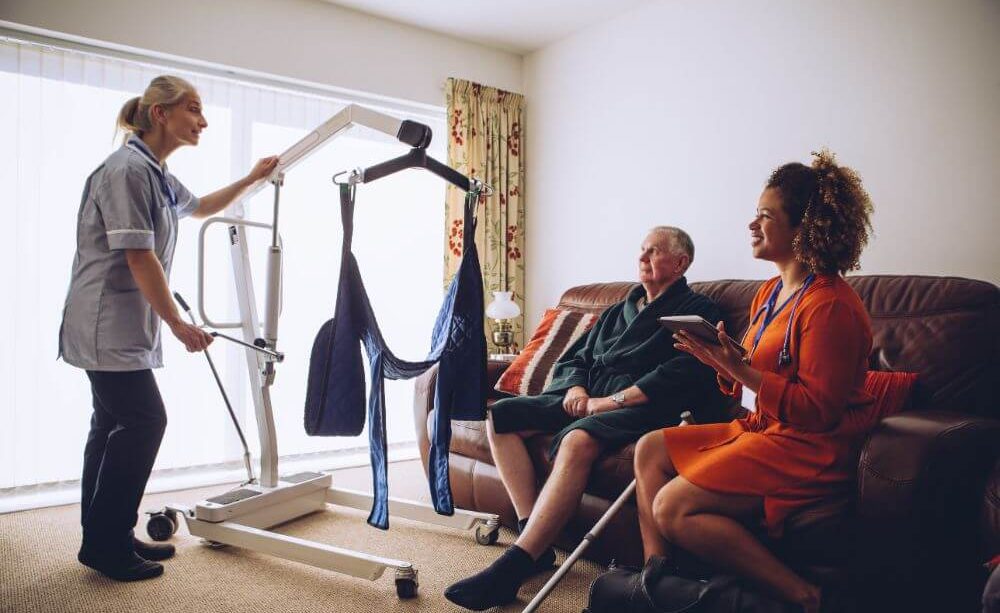How an Occupational Therapist Recommends the Correct Equipment for Patients
Occupational therapy is the practice of growth, rehabilitation and continuation of physical activities (occupations) for a person or group of people. Occupational therapists frequently work with people with disabilities, injuries, physical ailments or mental illnesses in order to improve their physical capabilities.
If necessary, occupational therapists may be responsible for the recommendation of equipment. OT equipment encompasses a wide range of needs. Lots of equipment won’t be feasibly available for users to buy themselves, because of how specialised they are or expense.
The process involved in recommending equipment for patients for an occupational therapist is on a case-by-case basis. Because occupational therapy covers such a broad range of treatments, there’s not a universal approach to the recommendation of equipment. Consequently, an OT will make recommendations based on the needs of the patient. Common user needs which require the purchase of equipment include exercise, mobility issues, and bathing accessibility. For these needs, patients might be recommended simple weight sets, limited mobility solutions like patient lifts and hoists or OT baths.
Concerning occupational therapy equipment, an OT’s recommendations will be focused on these main criteria:
Patient’s Condition – First and foremost, the condition of the patient or user is of utmost consideration in recommending equipment. How independently will the patient operate the equipment? Will the patient be able to move the equipment if needed? These are the kind of questions an OT will need to answer when recommending any equipment for purchase.
Budget – Because of the specialised nature of occupational therapy equipment, you can expect it to be a significant investment. OT’s will need to take the client’s budgets into account when recommending equipment. Those whose condition might affect their ability to work and make an income are especially susceptible to have a limited budget in buying equipment. Of course, depending on the need, expenditure will be inevitable. Users will need to consult with their OT’s to ensure that an alternative is selected within their means.
Placement Within Home – The constraints of the physical space where the equipment will need to go is another key consideration. An occupational therapy bathtub, for instance, will require a significant amount of floorspace. This remains true for other equipment like mobility assistance systems including floor lifts and ceiling hoists.
The recommendation of occupational therapy equipment will need to be tailored to each individual patient. Broadly, logistical factors will determine the recommendation process, but you can expect an OT to take the aforementioned criteria into account when doing so.
For any questions or needs regarding occupational therapy equipment, reach out to our experienced team at CHS Healthcare.

